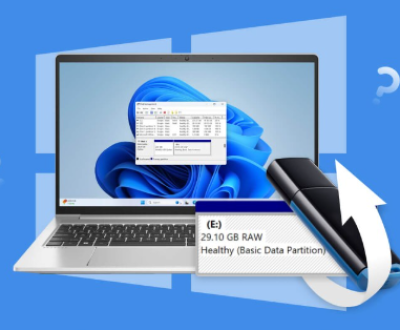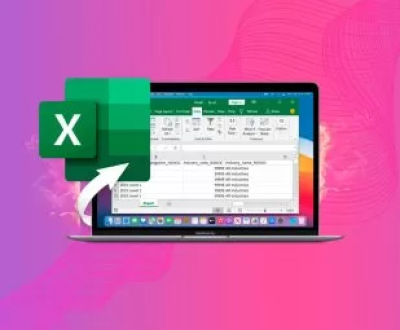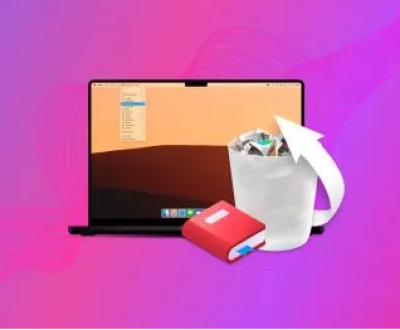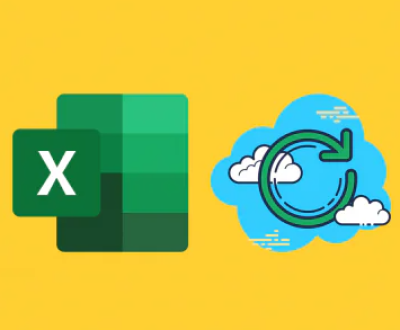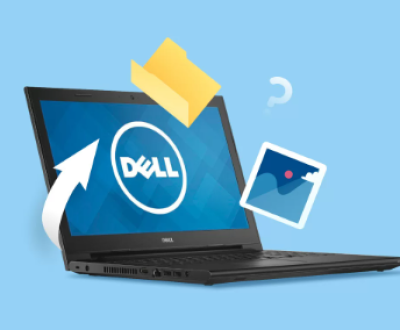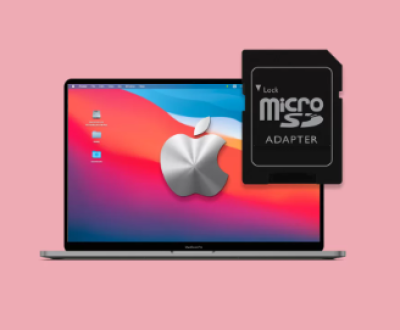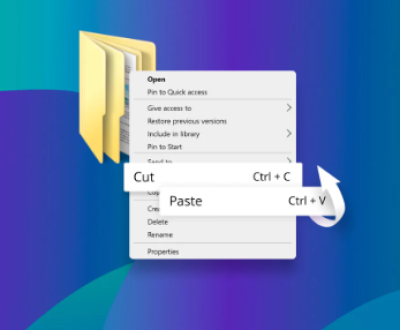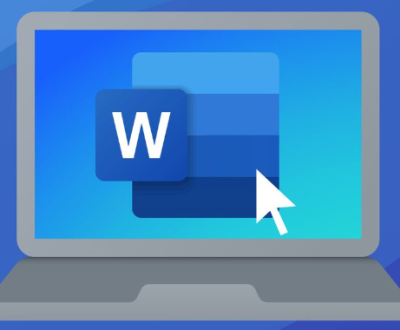Formatting a Seagate external hard drive for Mac involves the following steps:
1. Backup Your Data (if necessary)
Before formatting the external hard drive, it’s crucial to back up any important data stored on it. Formatting will erase all the existing data on the drive. You can copy the files to another external drive, your Mac’s internal hard drive (if there is enough space), or a cloud storage service.
2. Connect the External Hard Drive
Plug the Seagate external hard drive into an available USB, Thunderbolt, or other compatible port on your Mac. Make sure the connection is secure. Wait for a few seconds until the Mac recognizes the drive. You can usually tell when the drive is recognized as it will appear in the Finder sidebar under the “Devices” section.

3. Open Disk Utility
There are several ways to open Disk Utility. One way is to go to the “Applications” folder, then open the “Utilities” folder and double – click on “Disk Utility”. Another way is to use the Spotlight search. Press the “Command + Space” keys, type “Disk Utility” in the search bar, and then press “Enter”.
4. Select the External Hard Drive
In Disk Utility, you’ll see a list of all the storage devices connected to your Mac. Locate the Seagate external hard drive in the list. It will usually have the brand name (Seagate) and the model number or a name you’ve previously given it. Make sure you select the correct drive, as formatting the wrong drive will result in data loss.
5. Erase the Drive
Click on the “Erase” button at the top of the Disk Utility window. A new window will pop up where you can configure the formatting options.
Format: For a Mac – only use, you can choose the “Mac OS Extended (Journaled)” format. This format is optimized for use with Mac operating systems and provides good data integrity and performance. If you want to use the drive with both Mac and Windows computers, you might consider the “ExFAT” format. ExFAT is a file system that can be read and written to by both Mac and Windows operating systems without the need for additional software. However, Mac OS Extended (Journaled) generally offers better performance and more features on Macs.
Name: You can give the drive a new name in the “Name” field. Choose a name that is easy to remember and relevant to the purpose of the drive.
Scheme: For most cases, the default “GUID Partition Map” scheme is appropriate, especially if you’re using the drive with modern Macs. The GUID Partition Map allows for larger partition sizes and is required for some Mac features such as Time Machine backups.
After configuring these options, click the “Erase” button at the bottom of the window. Disk Utility will then format the drive according to your specifications. The process may take a few minutes to complete, depending on the size of the drive.
6. Verify the Formatting
Once the formatting process is complete, you can check the status of the drive in Disk Utility. The drive should now show the new format and name you specified. You can also try to copy some files to the drive to ensure that it is working properly. Open the Finder, locate the drive in the sidebar, and drag and drop some test files onto it.
7. Troubleshooting and Tips
Drive Not Recognized: If the Seagate external hard drive is not recognized by your Mac, first make sure the cable is properly connected. Try a different cable or port if possible. You can also check the system report to see if the Mac detects any issues with the connection. To access the system report, go to the Apple menu > About This Mac > System Report. In the sidebar, under “Hardware”, look for “USB” or “Thunderbolt” (depending on the connection type) and see if the drive is listed.
Formatting Errors: If you encounter an error during the formatting process, such as “Could not unmount disk” or “Formatting failed”, make sure that no other applications are accessing the drive. Close all applications that might be using the drive and try the formatting process again. You can also try restarting your Mac and the external hard drive and then attempt the formatting once more.
Partitioning: If you want to partition the Seagate external hard drive (divide it into multiple sections), you can do so in Disk Utility. After selecting the drive, click on the “Partition” button instead of the “Erase” button. You can then adjust the size and format of each partition according to your needs.
About us and this blog
Panda Assistant is built on the latest data recovery algorithms, ensuring that no file is too damaged, too lost, or too corrupted to be recovered.
Request a free quote
We believe that data recovery shouldn’t be a daunting task. That’s why we’ve designed Panda Assistant to be as easy to use as it is powerful. With a few clicks, you can initiate a scan, preview recoverable files, and restore your data all within a matter of minutes.
Subscribe to our newsletter!
More from our blog
See all postsRecent Posts
- Retrieve files from usb 2025-07-04
- How to retrieve overwritten excel file 2025-07-04
- How to retrieve lost files on sd card 2025-07-04

 Try lt Free
Try lt Free Recovery success rate of up to
Recovery success rate of up to

